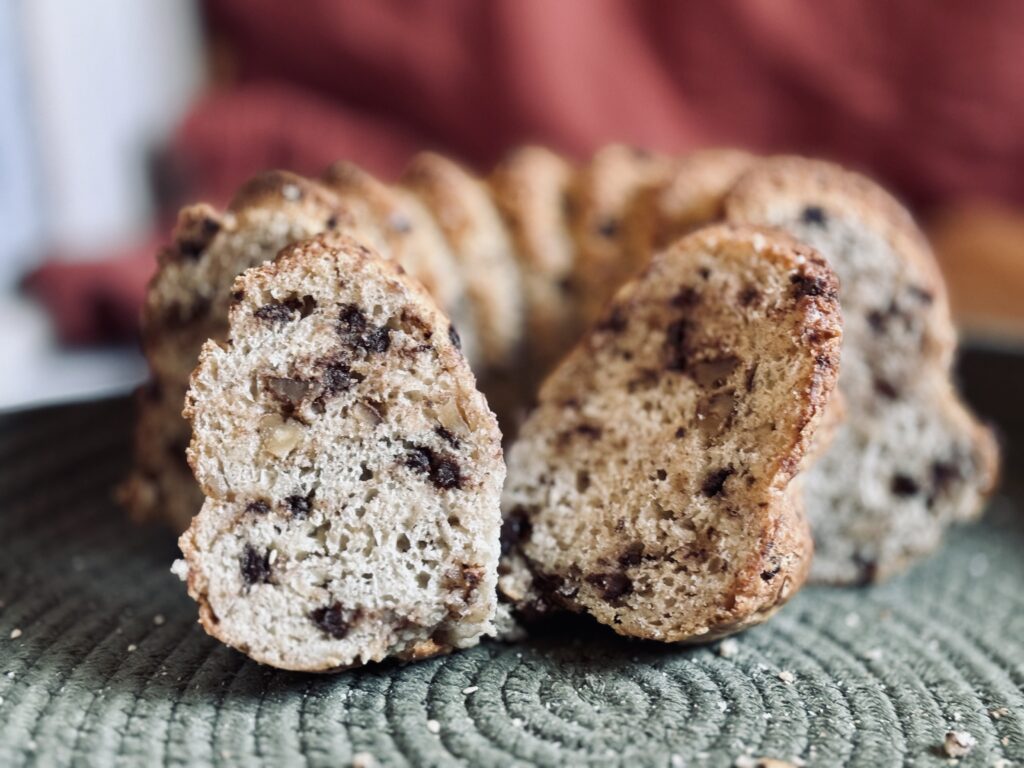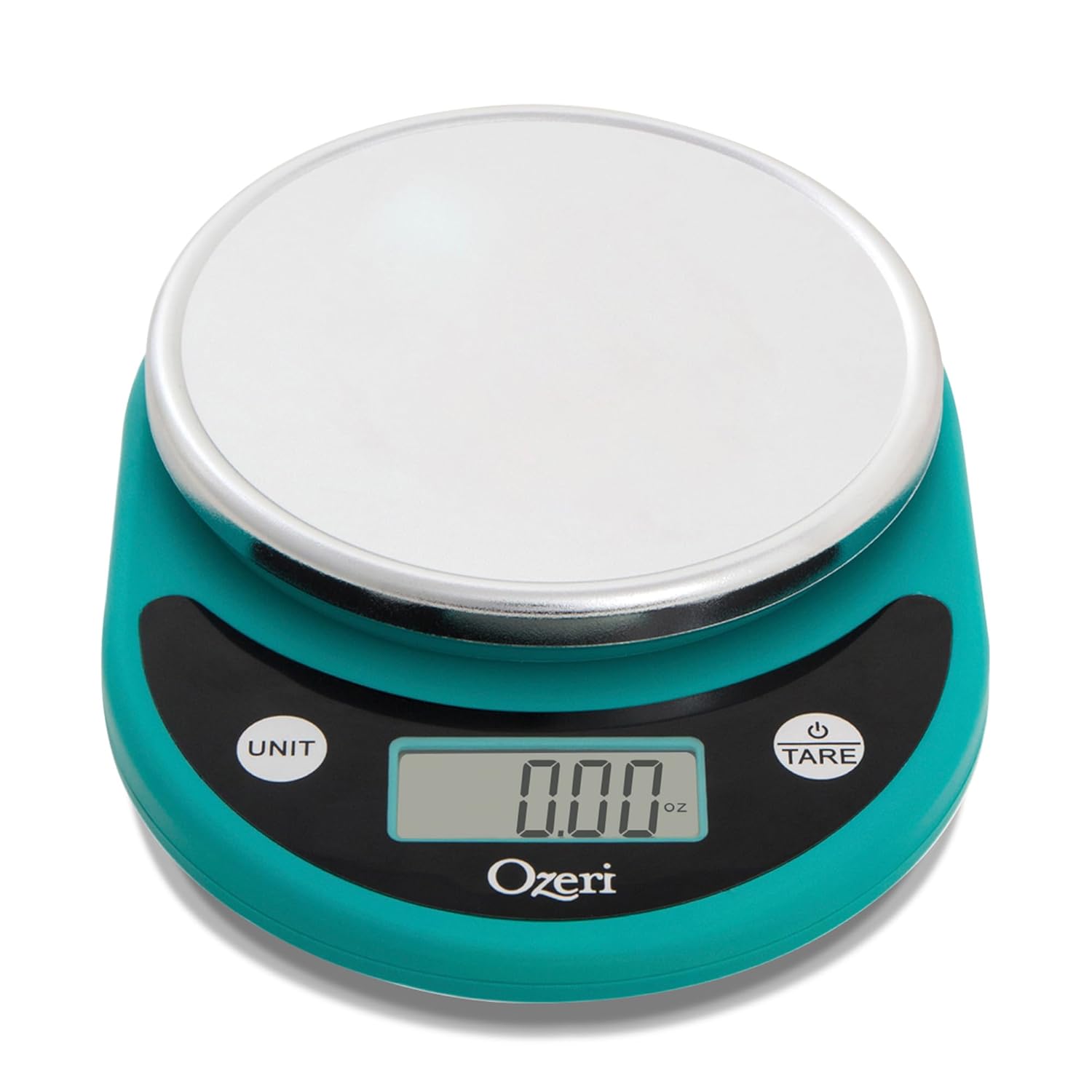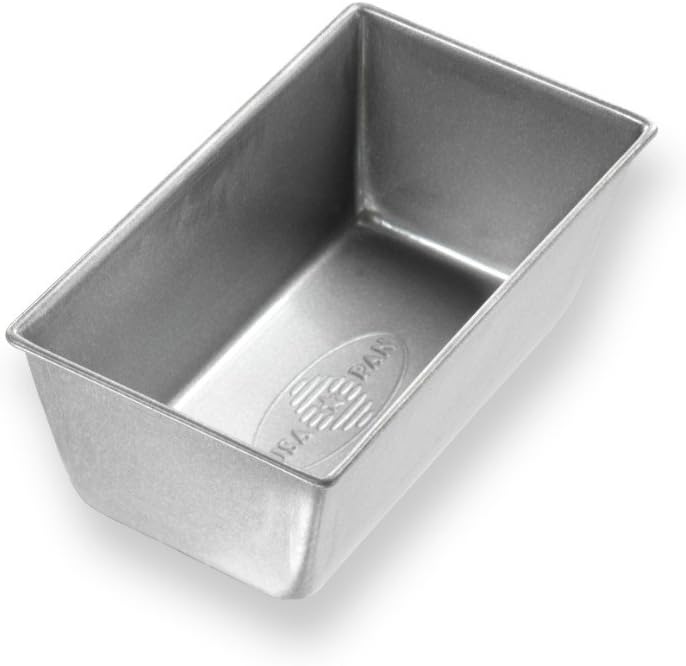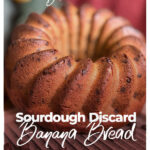About This Recipe
This recipe holds so much nostalgia for me. I based this sourdough version off of a recipe my mother used to make, one I keep in my family recipe box called, “Mama’s Favorite Banana Bread,” which is from a very old cookbook she used to keep around just to make this bread. This original process of converting that recipe to sourdough was gnarly, as this was the first recipe I had ever converted that contained no additional moisture from liquids like water or milk. Bananas and eggs do all the heavy lifting, and it does not make sense to take away from either in order to add and balance sourdough discard. To keep the balance, I only add a small amount discard (if you know me, you know I like to use a lot – as much as possible in any given recipe – so this is a bit of a bummer, but is what it is). Since first writing this recipe, I have come to a deeper understanding of how each ingredient plays a part in the whole, and I am excited to be able to share this information with you now.
What Is Banana Bread?
If you are not familiar with banana bread, it is a type of sweet, baked quick bread made with overripe, mashed bananas. The bananas provide a natural moisture and sweetness to the bread, though sugar is still usually added to the batter. It is extremely popular in North America, but has become a classic and beloved baked good in many households across the world.
What I Love About This Recipe
It is the cream cheese that makes this recipe so special. Mom always told me that was “the secret,” but I never understood it until I tried the alternatives. Adding cream cheese to this batter is similar to using sour cream or yogurt in any quick bread recipe, only there is something about the texture and moisture retention of the cream cheese that cannot be mimicked. It makes for an extremely smooth bread with a rich flavor that does not easily dry out. I honestly do not know if I could ever not use cream cheese as a quick bread base after realizing just how pleasantly it transforms the result.
This recipe also easily adapts to whatever pan you want to make it in. Whether it is a standard loaf pan, bundt pan, mini pans, or muffin pans, this recipe will work. The batter is not too wet, meaning flour provides structure and helps it rise beautifully in the oven, without spilling over the edges.

All The “Why’s”
Cream Cheese
Most quick breads contain a base made with two sticks of softened butter. Others add yogurt or sour cream. While this can be good, in my opinion, cream cheese is better. Though this recipe still contains butter, which is necessary for moisture retention, cream cheese brings a unique richness, texture, and even more moisture to the final bake. The final, overall flavor and consistency is elevated significantly and the loaf does not dry out as quickly.
Sugar
Sugar is mainly used as a sweetener in this quick bread. This means you can increase or reduce the amount to your personal preference. While I left this recipe very sweet, adding an entire cup of sugar to mirror the nostalgia of my childhood, I know there are many who would prefer to allow only the sweetness of bananas to shine. Sugar has other important contributions, too; it aids in browning, tenderizing, moisture retention, and preservation/shelf life. Therefore, I would not recommend removing it completely.
Butter
While fat can have many purposes in a recipe, one major effect is moisture retention. Without it, the loaf would be dry and crumbly, even with the cream cheese and sugar (which also work to retain moisture). Butter pairs well with the flavors of this dish, and serves just this purpose: to keep the loaf from drying out.
Sourdough Discard
The main purpose of sourdough discard is, well, to use sourdough discard. Unfortunately, the amount I use in this recipe is limited (if you know me, you know I like to use as much as possible in any given recipe), as banana bread gets most of its moisture from bananas and eggs, leaving little room for the additional moisture from the sourdough discard.
Bananas
Bananas are the star of the show in banana bread; they add moisture, flavor, and sweetness. Ripe bananas are key; I like to use them when they are very dark. As bananas ripen, their starches are converted into sugars and moisture is released, which just means the older, the better. It also means that the time you use the banana in relation to its ripeness will effect the outcome of your bread, creating a wetter or dryer batter.
Eggs
The more eggs you add to your bread, the more cake-like the bread becomes. Eggs add fluff and moisture, as well as make your bread lighter and taller. I find two eggs to be the perfect balance: it is not too cake-like, but is also not too dense.
All-Purpose Flour
While I do try to eliminate flour in some of my discard recipes, it is not possible with this one. Flour adds necessary structure to an otherwise loose batter. I like to have a lot of structure in my banana bread, so I use more flour compared to other recipes you can find on the internet. Even still, it is important to measure correctly by volume, or just use the weighted measurements instead. Flour is one of the most inaccurate ingredients measured by volume, and too much flour can cause a dry and crumbly loaf.
It is also important to note that all-purpose flour is superior to bread flour in any quick bread recipe. In fact, the lower the protein content, the better. Though I have not tested it, cake flour may even work wonders. The problem is: cake flour is not a staple ingredient in many homes; therefore, I choose not to base a recipe off of it unless it is absolutely necessary. The reason all-purpose flour is important is the same reason we mix this batter until “just incorporated” – gluten development is not desired. The development of gluten produces a chewy texture, which is not desirable in baked goods, such as banana bread. Banana bread is meant to be moist and tender, with a soft crumb that’s slightly dense but not heavy – meaning we need to eliminate gluten to achieve it.
Leavening
This recipe uses a balance of baking powder and baking soda to leaven the bread, rather than the sourdough discard. This means you can bake your bread right away, without waiting for sourdough to do its magic. I prefer chemical leavening for sourdough discard recipes because we are using starter that is not in its prime state, and may not leaven well. While it is true that the addition of flour feeds the yeast, and you may get a slow rise, sourdough-discard-leavened bread has the potential to be more sour, due to the ever populating bacteria (which are responsible for the sour flavor) and still may not rise properly. Not to mention how the other ingredients in this quick bread would hold up during this waiting period, namely the bananas.
If you want to try long fermentation, do it in the refrigerator and wait to add the baking powder and soda until you are ready to bake. While the yeast in your starter will not function well (due to the cold temperatures), the bacteria will still work to break down the flour during this time. Still adding the baking powder and soda ensures you get a loaf that has been appropriately aerated (since the yeast from your discard will not be able to adequately do this on their own).
Salt
Salt brings out flavor. I use just a touch in this recipe to enhance all the flavors in this quick bread.
Inclusions
While many banana bread recipes use nuts, I grew up with chocolate chips as the one and only inclusion for this dish. As an adult, I realize this is not what most people expect from banana bread, and I have come to be fond of the nuts. Therefore, I do a 50/50 split of nuts and chocolate (preferably mini chocolate chips, for they spread throughout the bread better). But, you can do whatever you want. The base is one cup total of inclusions, but really this is flexible depending on your preference.

📌 Quick Tip: Read the recipe in its entirety before you start cooking. This will help you understand the ingredients, steps, and timing involved, and allow you to prepare any necessary equipment or ingredients beforehand.
Original Banana Bread
Ingredients
Instructions
-
Preheat an oven to 350 F (175 C).
-
Grease a bundt pan (or 9 X 5 loaf pan) and set aside. (You could also make this into muffins or mini loaves. See notes for baking modifications.)
-
To a large bowl, add cream cheese, sugar, and butter. Mix until smooth and some air is incorporated.
-
To the same bowl, add the sourdough discard, mashed bananas, and eggs. Mix, again, until everything is incorporated. Set aside.
-
In a smaller bowl, sift the flour, baking powder, baking soda, and salt. Whisk to combine.
-
Add the dry ingredients into the wet ingredients. Stir until almost completely incorporated.
-
Work in chocolate chips and nuts. Mix until everything is just incorporated.
-
Add all the batter to your baking pan(s). Smooth the top out nicely, so that everything bakes evenly.
-
Bake in the preheated oven for about 60 minutes, or until a toothpick inserted comes out clean.
-
Cool 5-10 minutes in the pan, then turn out onto a wire rack to cool completely.
-
Enjoy!
Nutrition Facts
Servings 12
- Amount Per Serving
- Calories 426.39kcal
- % Daily Value *
- Total Fat 18.07g28%
- Saturated Fat 8.37g42%
- Trans Fat 0.24g
- Cholesterol 62.35mg21%
- Sodium 311.43mg13%
- Potassium 210.27mg7%
- Total Carbohydrate 60.16g21%
- Dietary Fiber 2.34g10%
- Sugars 30.16g
- Protein 7.8g16%
- Vitamin A 113.09 IU
- Vitamin C 2.64 mg
- Calcium 94.28 mg
- Iron 2.24 mg
- Vitamin D 0.16 IU
- Vitamin E 0.52 IU
- Vitamin K 1.24 mcg
- Thiamin 0.32 mg
- Riboflavin 0.29 mg
- Niacin 2.36 mg
- Vitamin B6 0.18 mg
- Folate 31.26 mcg
- Vitamin B12 0.12 mcg
- Phosphorus 163.8 mg
- Magnesium 29.93 mg
- Zinc 0.74 mg
* Nutrition values are auto-calculated and should be used as an approximation only.
Notes
- Storage: Store on the counter for three to five days, or slice and store in the freezer. No need to reheat, enjoy straight from the counter. From the freezer, allow to come to room temperature before serving.
- For mini loaves: Bake at 350 F (175 C) for 35-45 minutes, or until a toothpick inserted comes out clean. Makes four mini loaves.
- For muffins: Bake at 350 F (175 C) for 20-25 minutes, or until a toothpick inserted comes out clean. Makes about 24 muffins.

























